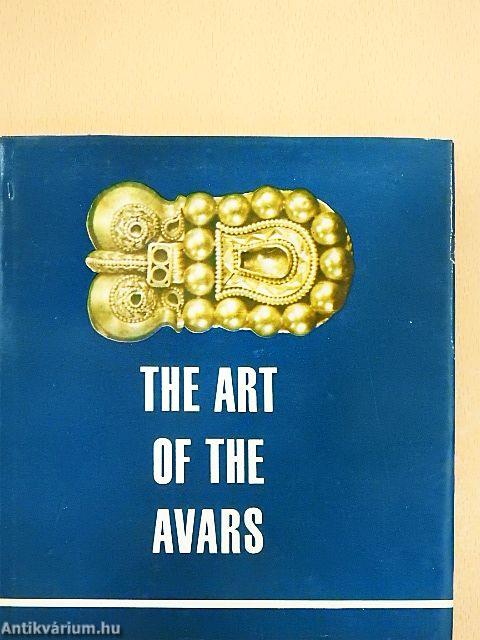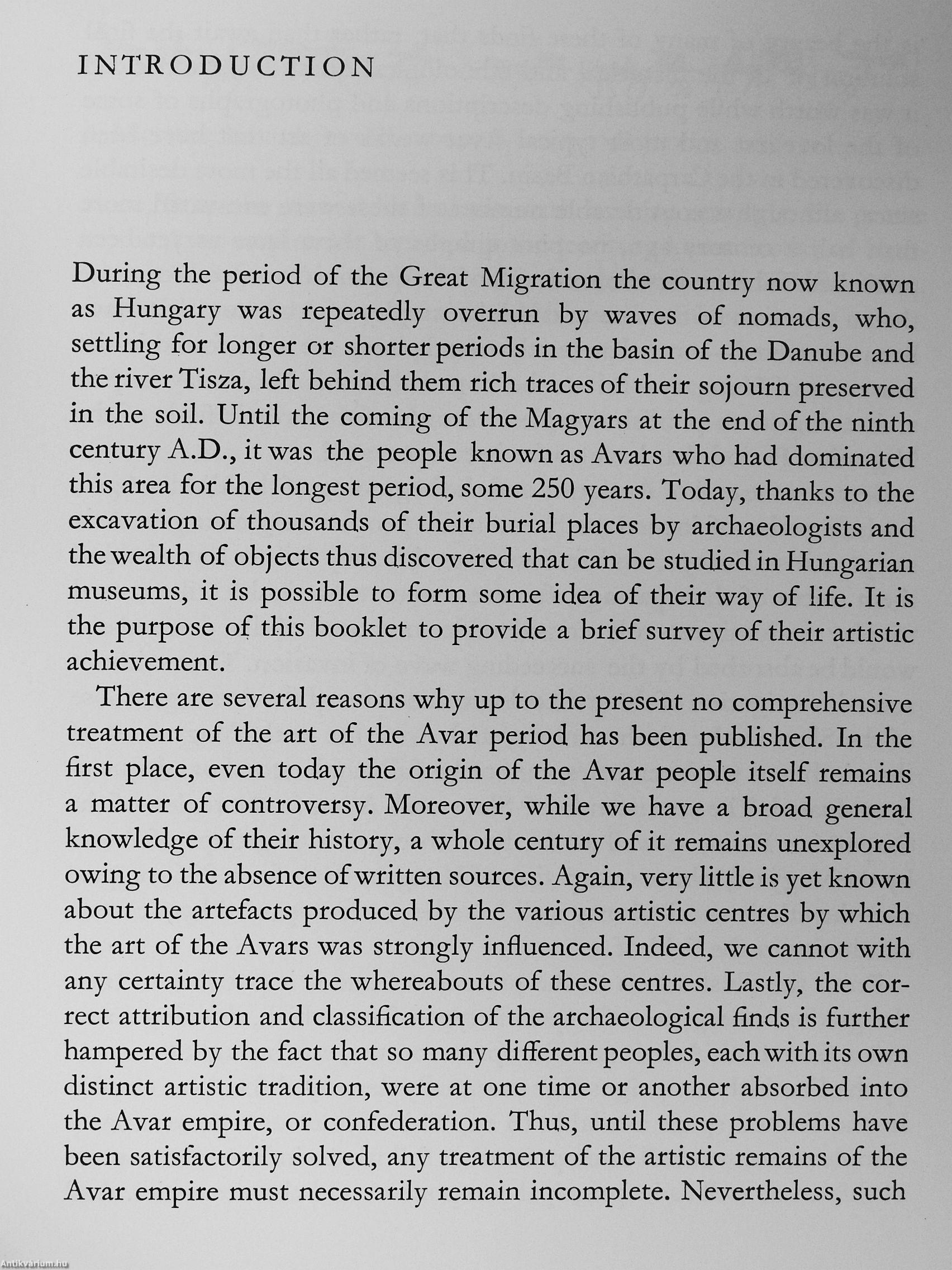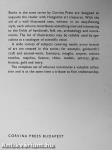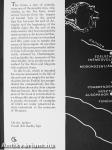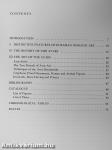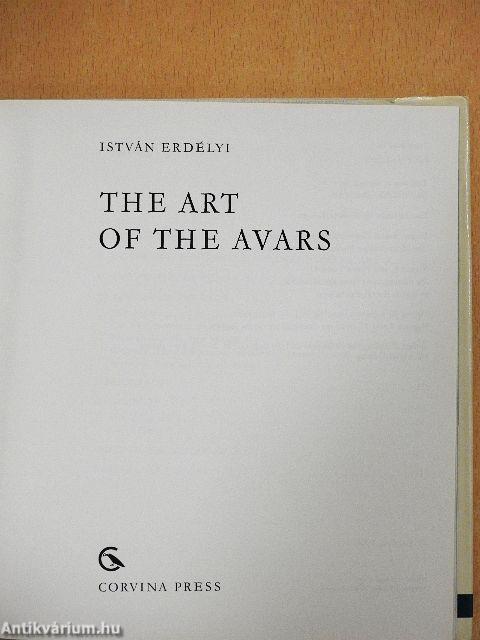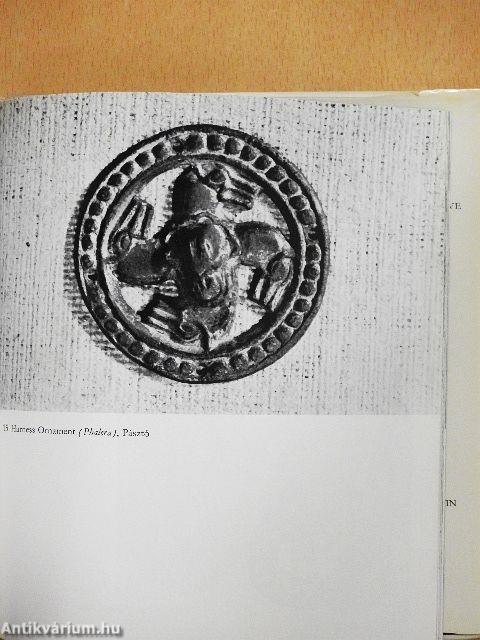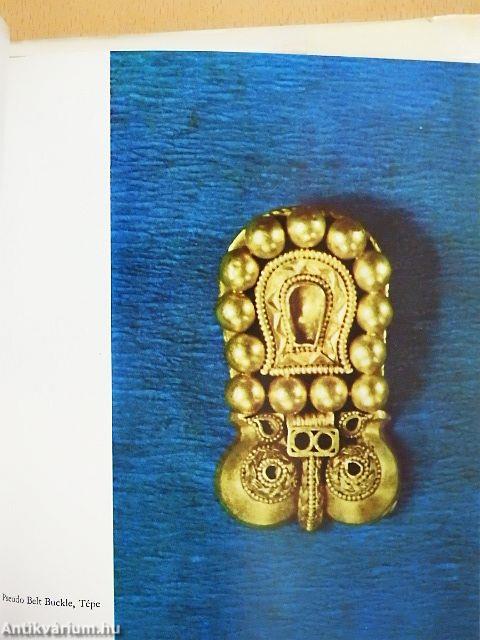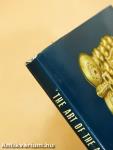1.104.209
kiadvánnyal nyújtjuk Magyarország legnagyobb antikvár könyv-kínálatát

VISSZA
A TETEJÉRE
JAVASLATOKÉszre-
vételek
The Art of the Avars
| Kiadó: | Corvina Kiadó |
|---|---|
| Kiadás helye: | Budapest |
| Kiadás éve: | |
| Kötés típusa: | Vászon |
| Oldalszám: | 120 oldal |
| Sorozatcím: | |
| Kötetszám: | |
| Nyelv: | Angol |
| Méret: | 18 cm x 16 cm |
| ISBN: | |
| Megjegyzés: | Színes és fekete-fehér fotókkal. |
naponta értesítjük a beérkező friss
kiadványokról
naponta értesítjük a beérkező friss
kiadványokról
Előszó
TovábbFülszöveg
Books in the same series by Corvina Press are designed to acquaint the reader with Hungarian art treasures. With the aid of a well illustrated text, written in an easy-flowing style, each volume contributes something new and interesting to the fields of handicraft, folk art, archaeology and numismatics. The list of illustrations may be reliably used by specialists as a catalogue of scientific value.
A wide variety of subjects covering nearly every branch of art are treated in this series; for example, goldsmith's craft and enamel-work, furniture, intaglio, carpets, artistic textiles, majolica, faience, china, medals, pottery, glass, bronze, gold and ivory.
The complete set of volumes constitutes a valuable collection and is at the same time a tribute to fine craftsmanship.
CORVINA PRESS BUDAPEST
The Avars, a race of nomads, were one of the peoples who, originating in the Far East, swept across Europe from the steppes of Central Asia in the period that lies between the end of... Tovább
Fülszöveg
Books in the same series by Corvina Press are designed to acquaint the reader with Hungarian art treasures. With the aid of a well illustrated text, written in an easy-flowing style, each volume contributes something new and interesting to the fields of handicraft, folk art, archaeology and numismatics. The list of illustrations may be reliably used by specialists as a catalogue of scientific value.
A wide variety of subjects covering nearly every branch of art are treated in this series; for example, goldsmith's craft and enamel-work, furniture, intaglio, carpets, artistic textiles, majolica, faience, china, medals, pottery, glass, bronze, gold and ivory.
The complete set of volumes constitutes a valuable collection and is at the same time a tribute to fine craftsmanship.
CORVINA PRESS BUDAPEST
The Avars, a race of nomads, were one of the peoples who, originating in the Far East, swept across Europe from the steppes of Central Asia in the period that lies between the end of An-tiquitjf and the beginning of the Middle Ages. By the end of the sixth century they had occupied the territory later to be known as Hungary, which for some two hundred and fifty years was to remain the centre of their empire. At one time probably the most powerful military force in Europe, they were eventually defeated by Charlemagne; and gradually the remnants of the once mighty Avar people were absorbed by the Slavs and Magyars who replaced them.
In this book, which is intended for anyone interested in the life of the past and not simply for archaeologists, István Erdélyi has recapitulated the comparatively few historical facts about the Avar empire that are known. But the main purpose of the book is to introduce to a wider public the art of this barbaric people, thousands of examples of which are today preserved almost exclusively in the museums of Hungary.
On the jacket: Vseudo Be/i Buckle, Tépe
EDELSTA (NEMESVÖL
MOSONSZENTJA
CSABRENDEI KESZT ALSÓPÁHOK
CORVINA PRESS Vissza
Témakörök
- Idegennyelv > Idegennyelvű könyvek > Angol > Művészetek > Iparművészet
- Idegennyelv > Idegennyelvű könyvek > Angol > Történelem > Európa története > Egyéb
- Művészetek > Iparművészet > Összefoglalók, tanulmányok > Külföldi
- Művészetek > Iparművészet > Története > Külföldi
- Művészetek > Iparművészet > Idegen nyelv > Angol
- Történelem > Idegennyelvű > Angol
- Régészet > Általános régészet, antropológia > Középkor
- Régészet > Kontinensek szerint > Európa > Kárpát-medence, Magyarország
- Idegennyelv > Idegennyelvű könyvek > Angol > Régészet > Általános régészet, antropológia > Középkor
- Idegennyelv > Idegennyelvű könyvek > Angol > Régészet > Kontinensek szerint > Európa
- Történelem > Középkor > Kora-középkor (5-10. sz.)
- Történelem > Kontinensek szerint > Európa, európai országok története > Közép-Európa > Egyéb
- Történelem > Régészet > Általános régészet, antropológia > Középkor
- Történelem > Régészet > Kontinensek szerint > Európa > Kárpát-medence, Magyarország



